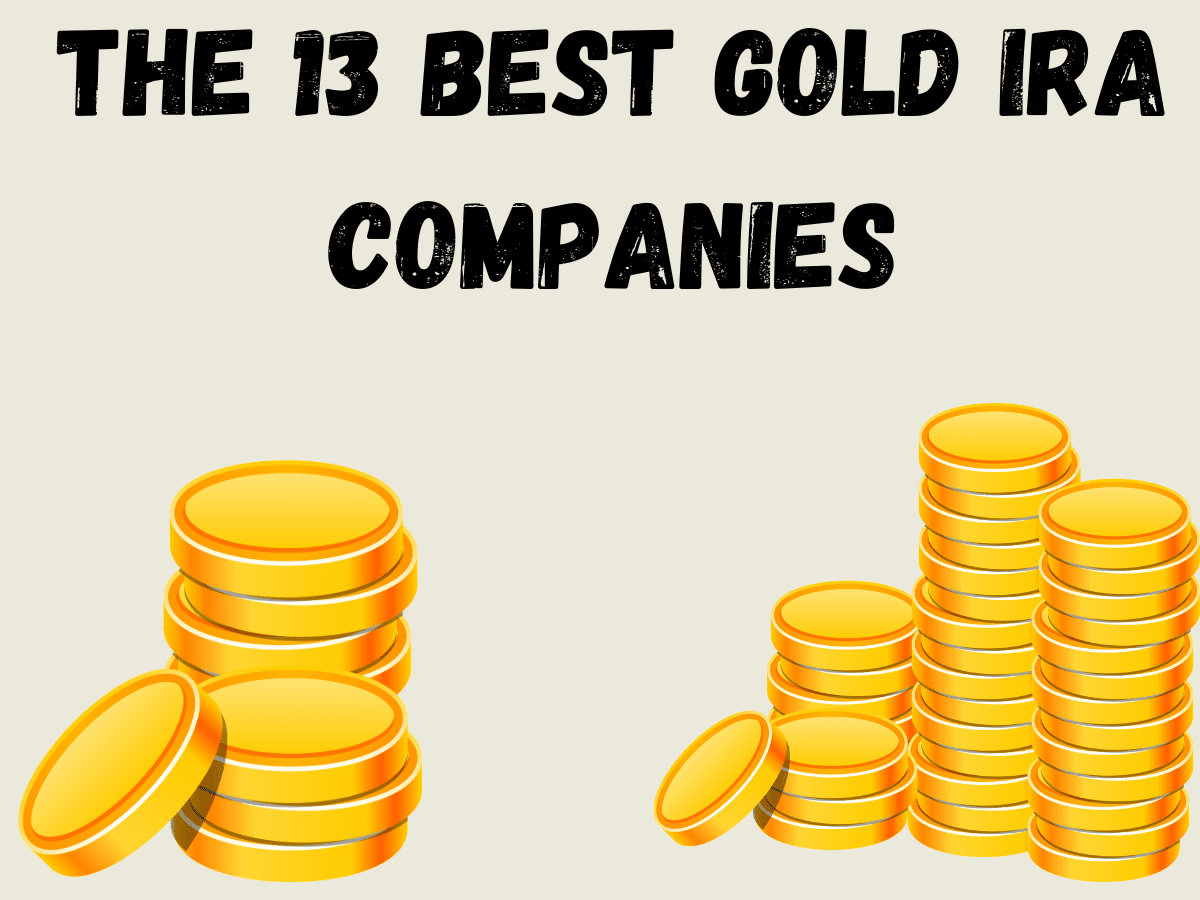melisajaques61
About melisajaques61
Understanding Gold IRA: A Complete Examine Report
Introduction
In recent years, the concept of investing in a Gold Individual Retirement Account (IRA) has gained significant attention amongst traders searching for to diversify their retirement portfolios. This report delves into the fundamentals of Gold IRAs, their benefits, irasgold potential drawbacks, and the means of setting one up. By offering a radical understanding of Gold IRAs, this report goals to equip investors with the mandatory information to make informed decisions concerning their retirement savings.
What is a Gold IRA?
A Gold IRA is a kind of self-directed individual retirement account that permits buyers to carry physical gold, as well as other treasured metals, as a part of their retirement portfolio. Not like conventional IRAs, which sometimes contain stocks, bonds, and mutual funds, a Gold IRA provides a novel opportunity to put money into tangible assets. This can be particularly appealing during periods of economic uncertainty, as gold has traditionally served as a hedge in opposition to inflation and currency devaluation.
Sorts of Precious Metals Allowed
While the first focus of a Gold IRA is gold, buyers also can embody other precious metals equivalent to silver, platinum, and palladium. Nonetheless, there are specific requirements regarding the type and purity of those metals. As an illustration, the IRS mandates that gold must be at least 99.5% pure, while silver have to be 99.9% pure. Coins and bullion produced by approved mints are typically eligible for inclusion in a Gold IRA.
Benefits of a Gold IRA
- Hedge Against Inflation: Gold has traditionally maintained its value over time, making it an effective hedge in opposition to inflation. Throughout intervals of financial instability, gold typically appreciates in value, providing a safeguard for retirement savings.
- Diversification: A Gold IRA permits traders to diversify their retirement portfolios past traditional assets. This diversification can cut back total danger and enhance the potential for returns.
- Tax Advantages: Like conventional IRAs, Gold IRAs provide tax-deferred growth. Which means buyers do not pay taxes on any capital beneficial properties till they withdraw funds during retirement, potentially resulting in vital tax financial savings.
- Tangible Asset: In contrast to stocks and bonds, gold is a physical asset that can be stored and held. This tangibility can provide traders with a way of security and control over their investments.
- Protection In opposition to Financial Downturns: Gold usually performs nicely during financial downturns, making it a reliable asset throughout instances of market volatility. This will help stabilize an investor’s retirement portfolio.
Potential Drawbacks of a Gold IRA
- Storage and Insurance Costs: Certainly one of the primary considerations when investing in a Gold IRA is the necessity for safe storage. Bodily gold must be saved in an IRS-authorized depository, which incurs fees. Moreover, investors may need to buy insurance to protect their property.
- Restricted Progress Potential: While gold generally is a stable investment, it doesn’t generate income like stocks or bonds. Buyers might miss out on potential progress opportunities associated with different asset lessons.
- Complexity of Setup: Establishing a Gold IRA will be extra complex than establishing a traditional IRA. Buyers must navigate varied rules, choose a custodian, and ensure that their investments meet IRS requirements.
- Market Volatility: Though gold is usually seen as a safe haven, its value can still be unstable. Investors must be ready for fluctuations in the value of their gold holdings.
Organising a Gold IRA
The technique of organising a Gold IRA includes a number of steps:
- Choose a Custodian: Buyers should select a custodian that makes a speciality of Gold IRAs. This custodian will handle the account and guarantee compliance with IRS regulations.
- Open an Account: As soon as a custodian is chosen, traders can open a Gold IRA account. This typically includes finishing an utility and providing needed documentation.
- Fund the Account: Buyers can fund their Gold IRA by various methods, including rollovers from present retirement accounts, direct contributions, or transfers from other IRAs.
- Select Valuable Metals: After funding the account, traders can select the precise gold and different valuable metals they want to incorporate of their portfolio. It is essential to make sure that these metals meet IRS requirements for purity and sort.
- Storage: The chosen custodian will facilitate the storage of the bodily gold in an authorised depository. Investors ought to understand the related charges and insurance coverage choices.
- Monitor the Investment: Like every investment, it’s crucial to monitor the efficiency of the Gold IRA repeatedly. Investors should keep informed about market traits and financial situations which will influence gold costs.
Conclusion
A Gold IRA is usually a worthwhile addition to an investor’s retirement strategy, providing advantages equivalent to diversification, protection against inflation, and the security of tangible assets. However, potential drawbacks, together with storage costs and market volatility, should be fastidiously thought of. By understanding the intricacies of Gold IRAs and following the suitable steps to set one up, investors could make knowledgeable decisions that align with their long-term monetary objectives. As with all funding, it is advisable to consult with a monetary advisor to determine the most effective approach for individual circumstances and risk tolerance.
No listing found.

